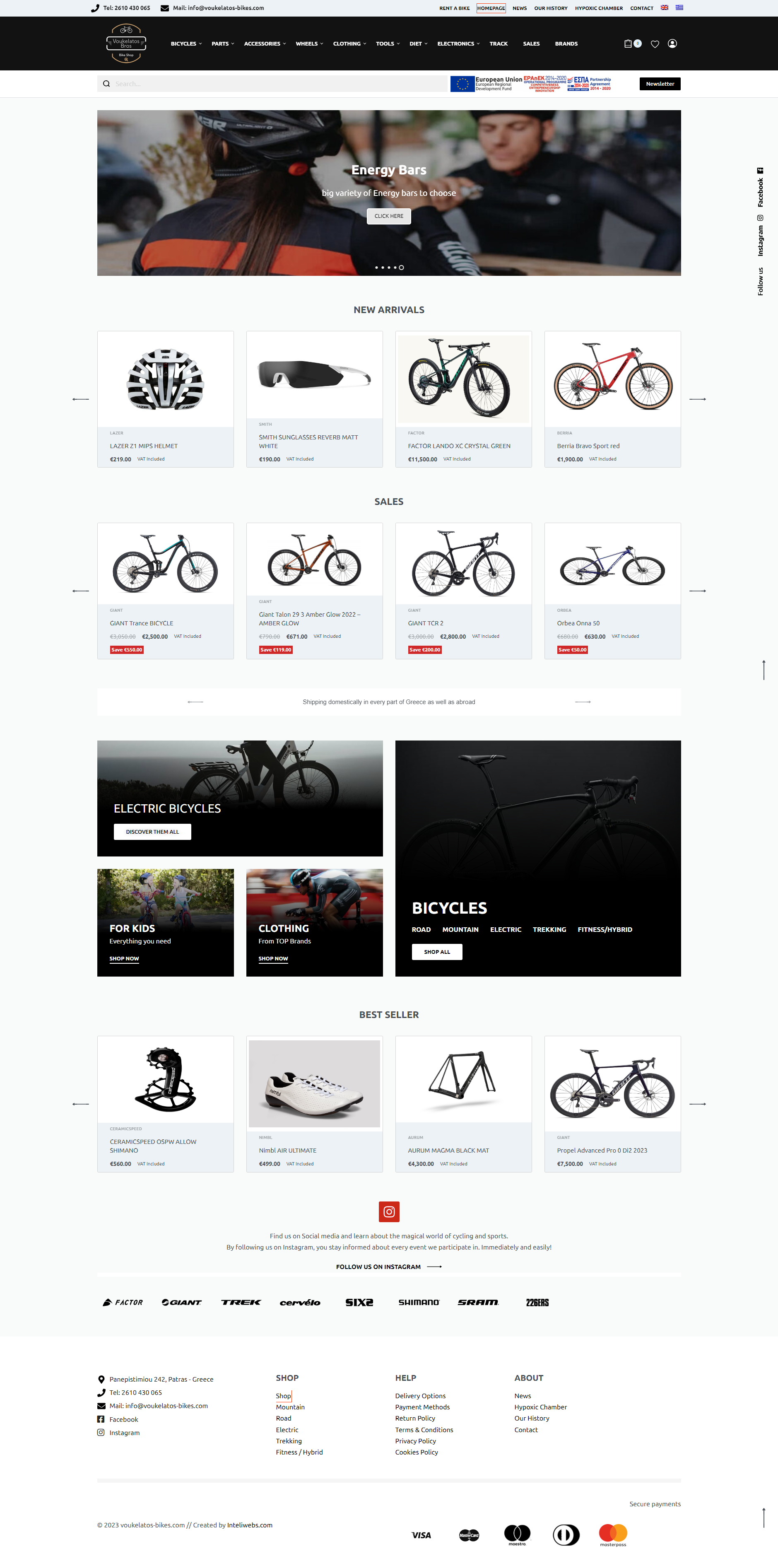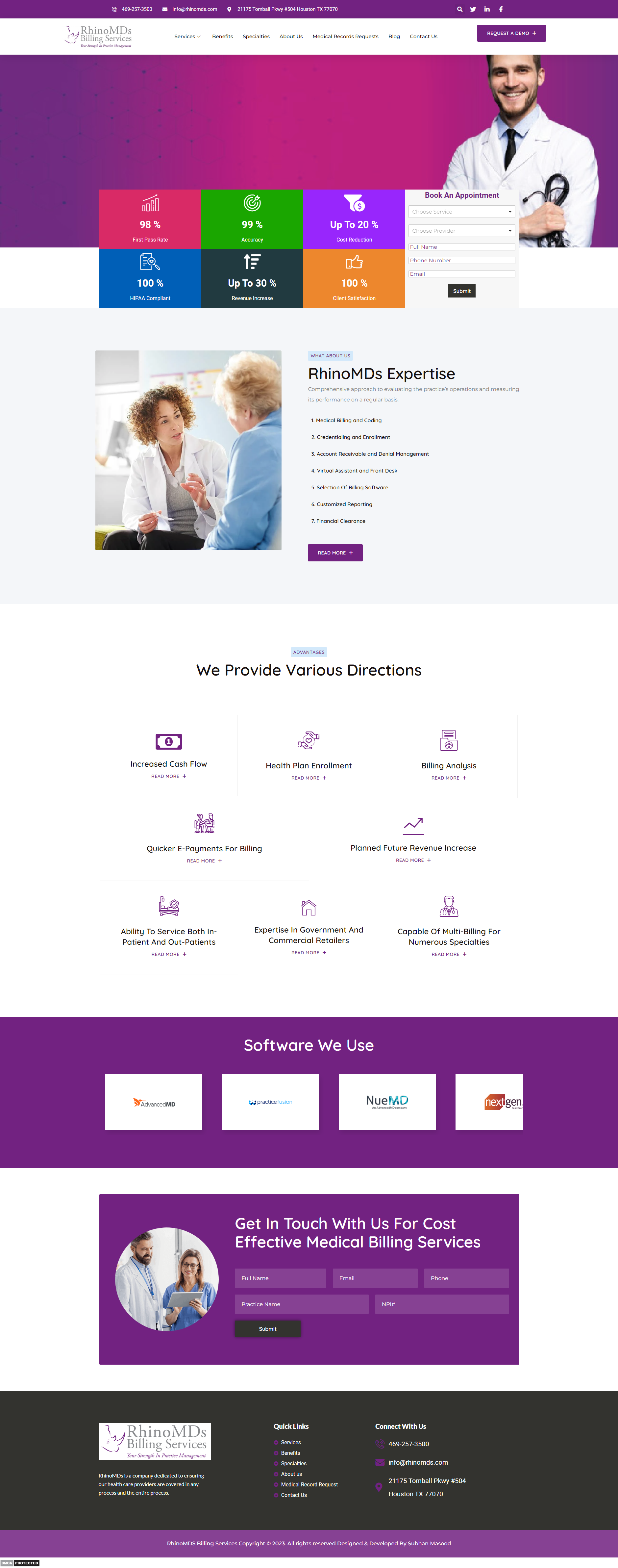Eco-Friendly Web Development: Sustainable Practices
In today’s digital age, where technology plays a significant role in our lives, it’s crucial to consider the environmental impact of our actions. Web development is no exception. With the increasing demand for websites and online platforms, it’s essential to adopt eco-friendly practices in web development to minimize our carbon footprint and contribute to a sustainable future.
1. Efficient Coding
Efficient coding is the foundation of eco-friendly web development. By writing clean and optimized code, developers can reduce the website’s file size, resulting in faster loading times and lower energy consumption. Here are some practices to follow:
- Minimize the use of unnecessary code and remove any unused scripts or stylesheets.
- Optimize images by compressing them without compromising quality.
- Use CSS sprites to reduce the number of HTTP requests.
- Utilize caching techniques to store static files and reduce server load.
2. Hosting and Server Optimization
The choice of hosting provider and server optimization can significantly impact the environmental sustainability of a website. Consider the following practices:
- Choose a hosting provider that relies on renewable energy sources or has a carbon offset program.
- Opt for a server with high energy efficiency and utilize virtualization techniques to maximize resource utilization.
- Implement load balancing and scalability to distribute server load efficiently.
- Regularly monitor server performance and optimize configurations to minimize energy consumption.
3. Responsive Design
Responsive design is not only essential for user experience but also contributes to eco-friendly web development. By creating websites that adapt to different screen sizes and devices, we can reduce the need for separate mobile versions and save energy. Here’s how to implement responsive design:
- Use CSS media queries to adjust the layout and styling based on the user’s device.
- Optimize images and other media for different screen sizes to reduce file size and loading times.
- Test the website on various devices and screen resolutions to ensure a smooth and consistent experience.
4. Sustainable Web Hosting
Choosing a sustainable web hosting provider is crucial for eco-friendly web development. Look for hosting companies that prioritize renewable energy sources, carbon offsets, and energy-efficient infrastructure. Additionally, consider the following factors:
- Server location: Opt for a hosting provider with data centers located closer to your target audience to reduce data transfer and energy consumption.
- Green certifications: Check if the hosting provider has any recognized green certifications, such as LEED or ISO 14001.
- Power management: Ensure that the hosting provider implements energy-efficient practices, such as using energy-saving hardware and cooling systems.
5. Optimize Website Performance
A well-performing website not only enhances user experience but also reduces energy consumption. Implement the following practices to optimize website performance:
- Minify CSS and JavaScript files to reduce file size.
- Enable browser caching to store static files locally on the user’s device.
- Combine and compress files to reduce the number of HTTP requests.
- Regularly monitor website performance and address any bottlenecks or slow-loading pages.
Conclusion
Eco-friendly web development is a responsibility we should all embrace. By adopting sustainable practices in coding, hosting, design, and optimization, we can create websites that not only meet our digital needs but also contribute to a greener future. Let’s prioritize environmental sustainability in web development and make a positive impact on our planet.




